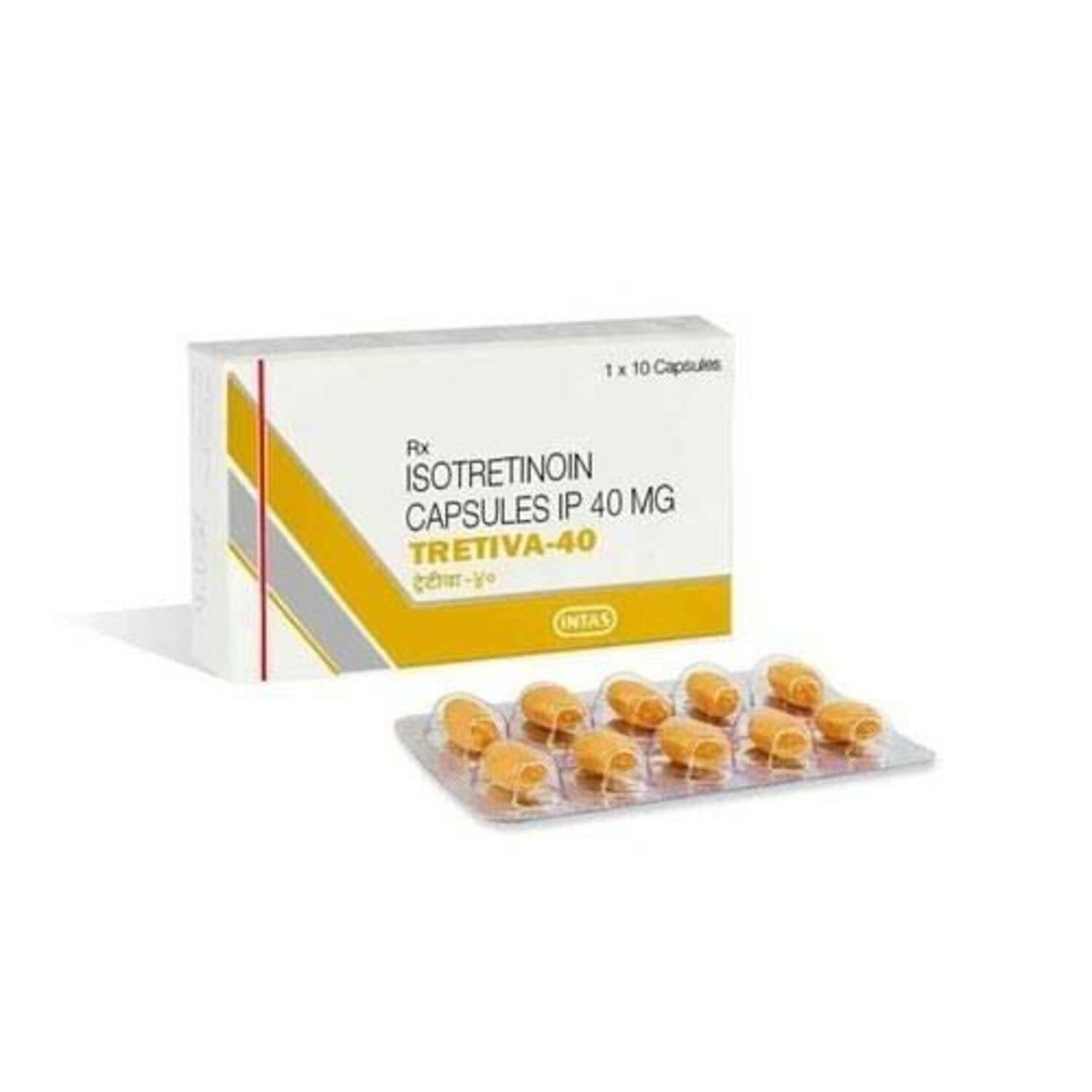The allogeneic T cell therapies market is gaining momentum, especially as an emerging frontier in cancer treatment and immune disorders. The promise of using healthy donor T cells to boost a patient’s immune response against diseases such as cancer, autoimmune conditions, and infectious diseases is driving significant interest in this space. Market forecasts suggest a robust CAGR of 9.75% during 2024-2032, fueled by a confluence of factors, including rising cancer cases, technological innovations, and enhanced global research and development (R&D) activities.
1. Allogeneic T Cell Therapies: The Mechanism and Difference from Autologous Therapies
Allogeneic T cell therapies involve collecting T cells from a donor, genetically modifying or expanding them, and then administering them to a patient. The use of donor T cells provides a faster therapeutic option compared to autologous therapies, which rely on a patient’s own cells. While autologous therapies require the patient’s cells to be extracted, modified, and reintroduced—a time-consuming and costly process—allogeneic therapies are off-the-shelf, available more readily, and can be mass-produced. This efficiency makes allogeneic therapies particularly attractive for rapidly progressing conditions like cancer.
2. Market Drivers: Why Is the Market Growing?
2.1 Rising Cancer Cases
- Cancer is a major global health problem, with over 19 million new cases diagnosed annually, according to the World Health Organization (WHO). As current cancer treatments like chemotherapy, radiation, and surgery often result in limited success for late-stage cancers, the search for alternative therapies is intensifying. Immunotherapy, specifically allogeneic T cell therapies, is gaining popularity due to its potential to target and kill cancer cells more precisely without harming healthy cells.
2.2 Technological Advancements in Cell Engineering
- CAR-T (Chimeric Antigen Receptor-T) cell therapy, a breakthrough in the immunotherapy field, allows T cells to be engineered to better recognize and attack cancer cells. Ongoing advancements in CAR-T and TCR (T Cell Receptor) therapies are improving the specificity and durability of these treatments, leading to better clinical outcomes. Gene-editing tools like CRISPR are also revolutionizing the development of allogeneic therapies by enabling scientists to modify donor T cells for enhanced safety and efficacy.
2.3 Favorable Regulatory Approvals
- Regulatory bodies such as the FDA and the European Medicines Agency (EMA) have prioritized the approval of innovative cancer treatments, including allogeneic therapies. The FDA’s fast-track designations and breakthrough therapy designations help accelerate the time to market for these therapies, thus encouraging more investment and R&D efforts.
2.4 Increase in Collaborations, Partnerships, and Investment
- Investment in immunotherapy, especially allogeneic T cell therapies, has increased significantly. Companies are entering collaborative agreements with research institutions and biopharmaceutical companies to combine expertise in cell therapy development and commercialization. This trend is resulting in faster advancements in treatment pipelines and the launch of new products.
3. Market Challenges: Barriers to Growth
While the allogeneic T cell therapies market is expanding rapidly, several significant challenges could impede its growth:
3.1 High Costs of Treatment
- The cost of developing, manufacturing, and administering allogeneic T cell therapies remains high. The intricate process of collecting donor cells, modifying them, and ensuring their safety and efficacy is resource-intensive. As of now, these treatments are available to a limited number of patients due to their high price tags, restricting widespread adoption.
3.2 Regulatory and Safety Concerns
- One of the primary concerns with allogeneic therapies is the risk of graft-versus-host disease (GVHD), where the donor’s T cells attack the patient’s healthy tissues. This risk requires stringent safety protocols and increases the complexity of gaining regulatory approval. Although recent advancements have minimized this risk, regulatory bodies are still cautious, leading to potential delays in product approvals.
3.3 Manufacturing Complexities
- Scaling the production of allogeneic therapies is challenging due to the complex processes involved in donor cell collection, genetic modification, and expansion. Ensuring consistent quality and safety across batches is another major challenge. The development of standardized production protocols is critical for the long-term success of the market.
4. Market Segmentation: Comprehensive Breakdown
4.1 By Therapy Type
- CAR-T Cell Therapy: These therapies are at the forefront of immunotherapy innovation, allowing engineered T cells to specifically recognize and attack cancer cells.
- TCR-Engineered T Cells: TCR therapies involve modifying T cells to recognize specific antigens on cancer cells, broadening the scope of treatable cancers.
- Natural Killer (NK) Cell Therapies: NK cell therapies are another promising area, leveraging the innate immune system’s ability to destroy cancer cells.
4.2 By Indication
- Cancer Treatment: Focus on hematologic cancers (e.g., leukemia, lymphoma) and solid tumors.
- Autoimmune Disorders: Use of allogeneic therapies in autoimmune conditions like rheumatoid arthritis and lupus.
- Infectious Diseases: Research is also exploring how allogeneic T cells can be utilized to fight chronic infections, such as HIV.
4.3 By End-User
- Hospitals and Clinics: Major consumers of these therapies for treating patients directly.
- Academic and Research Institutes: Focused on advancing research and conducting clinical trials to further develop and optimize these therapies.
- Biopharmaceutical Companies: Involved in the commercialization and large-scale manufacturing of these treatments.
5. Competitive Landscape: Key Players and Industry Insights
The competitive landscape of the allogeneic T cell therapies market is shaped by a combination of large pharmaceutical companies and smaller, innovative biotechs. These companies are focused on R&D, clinical trials, and commercialization of allogeneic therapies. Some of the major players include:
- Athersys Inc.: Known for its stem cell-based products targeting immune and neurological disorders.
- Mesoblast Ltd.: A leader in regenerative medicine with a focus on cellular therapies.
- Gamida Cell: Developing cell therapies for cancer and blood disorders.
- Takeda Pharmaceutical Company Limited: A global biopharmaceutical company actively investing in innovative cancer treatments.
- Pluristem Inc.: Specializing in cell therapy for a wide range of diseases, including cancer and inflammation.
These companies are pursuing various clinical trials and partnerships to expand their portfolios and achieve regulatory approvals for their therapies. For instance, Gamida Cell is advancing its GDA-201 natural killer cell therapy for blood cancers, while Mesoblast Ltd. has promising clinical data for its allogeneic treatments in solid tumors.
6. Market Trends: Emerging Developments Shaping the Future
Several key trends are shaping the future of the allogeneic T cell therapies market:
6.1 Expansion into Non-Cancer Indications
- While cancer is the primary focus, allogeneic T cell therapies are expanding into autoimmune diseases and chronic infections. This diversification could open new revenue streams for companies and increase the patient pool.
6.2 Advances in Artificial Intelligence (AI) and Automation
- AI and automation technologies are being applied to optimize donor selection, cell modification, and manufacturing processes, significantly improving the efficiency and scalability of allogeneic therapies.
6.3 Growth in Asia-Pacific Markets
- Regions like Asia-Pacific are becoming increasingly attractive due to rising healthcare investments, a large patient base, and growing interest in advanced immunotherapies. Governments in countries like China and Japan are focusing on expanding their healthcare infrastructure to accommodate novel treatments, further driving market expansion.
7. Conclusion: Future Outlook
The allogeneic T cell therapies market is on the cusp of significant growth. Innovations in cell therapy, increasing cancer incidences, and favorable regulatory environments are driving rapid advancements. As the industry addresses challenges related to cost and manufacturing, and as new clinical indications emerge, the market is poised to expand into broader therapeutic areas and new geographic regions.
Key players in the industry are leveraging collaborations and partnerships to accelerate product development and enhance their market positions. With continued investment and technological advancements, allogeneic T cell therapies are expected to play a crucial role in the future of cancer and immune disorder treatment.
FAQs: Diving Deeper into Allogeneic T Cell Therapies Market
1. What are the main growth drivers for the allogeneic T cell therapies market?
The growth is driven primarily by the rising prevalence of cancer, technological advancements in gene editing (e.g., CRISPR), favorable regulatory approvals, and an increase in investments and collaborations in the biotech sector.
2. How do allogeneic T cell therapies differ from autologous therapies?
Allogeneic therapies use donor T cells, making them faster and more readily available compared to autologous therapies, which require modifying the patient’s own cells.
3. What are the major challenges facing this market?
Key challenges include high costs, regulatory hurdles, and the complexity of scaling up manufacturing while maintaining product safety and efficacy.
4. Who are the key players in the market?
Major companies include Athersys Inc., Mesoblast Ltd., Gamida Cell, Takeda Pharmaceutical Company Limited, and Pluristem Inc.
5. How is AI impacting the allogeneic T cell therapies market?
AI is being utilized to optimize processes like donor selection, cell modification, and manufacturing scalability, helping improve efficiency and reduce production costs.
6. Which regions offer the most potential for market expansion?
North America and Europe are the current leaders, but Asia-Pacific holds significant growth potential due to rising healthcare investments and expanding access to advanced treatments.






